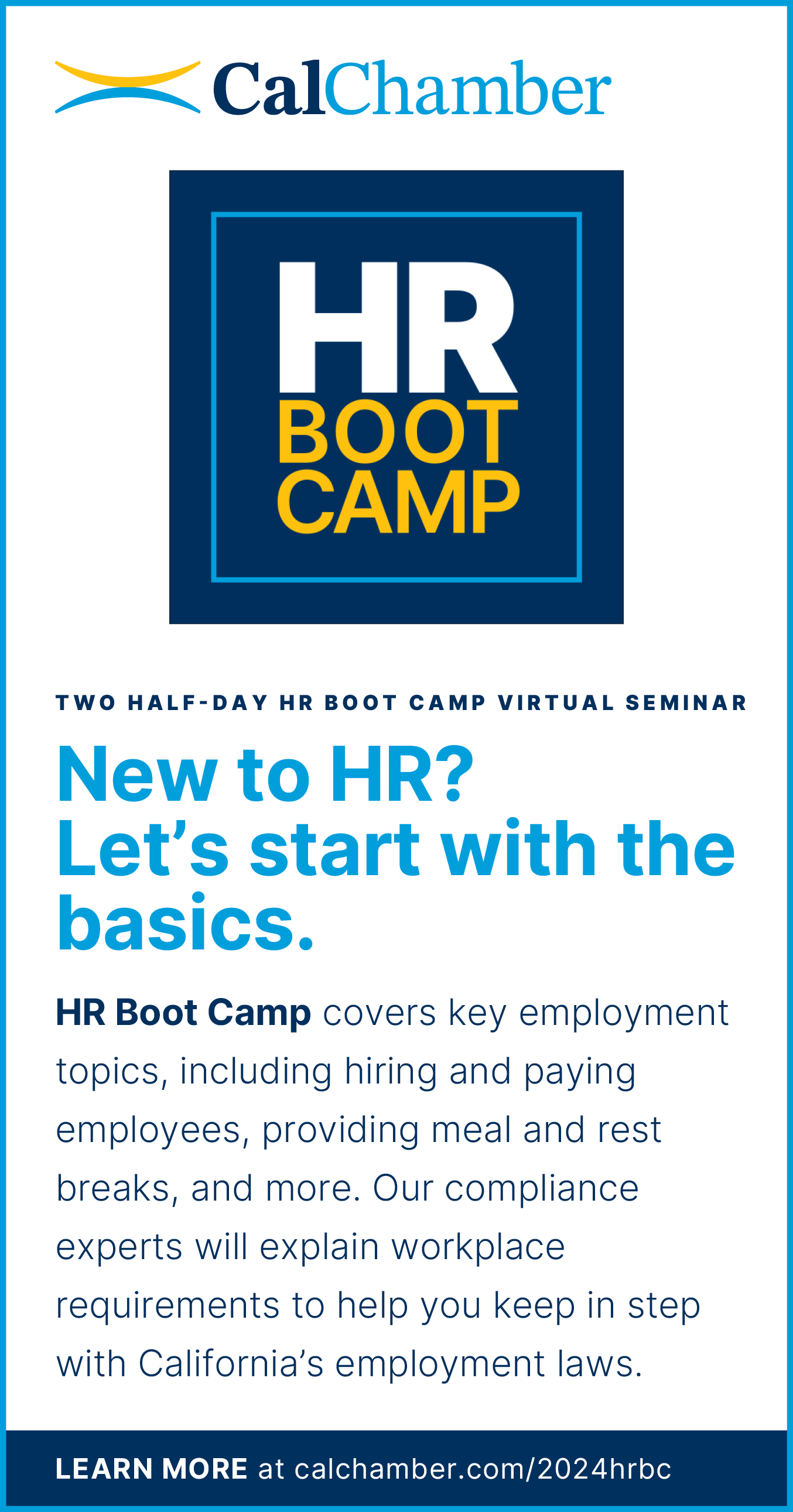How much time is an employee entitled to use under federal COVID-19 law if he needs to stay home to supervise distance learning for his children but previously took time off for his COVID-19 illness?
Recapping the specifics of your situation: One of your employees used his two weeks of Emergency Paid Sick Leave (EPSL) under the Families First Coronavirus Response Act (FFCRA) in May when he was infected with COVID-19. He then came to you to say that he needs to stay home and watch over his children who are required to utilize distance learning for their schooling this year. You know that the FFCRA provides time off for this type of leave, but want to know how much time your employee is entitled to use.
Two Forms of Paid Leave
The FFCRA provides two forms of paid leave: EPSL, and Expanded Family Medical Leave (EFMLA).
• The EPSL gives employees two weeks of paid time off for six reasons. Those reasons include being advised by a health care provider to self-quarantine due to reasons related to COVID-19 and to stay home to care for children whose school is closed, or for whom child care is unavailable due to COVID-19 reasons.
• The EFMLA provision of the FFCRA provides up to 12 weeks of time off to care for children whose school is closed, or for whom child care is unavailable due to COVID-19 reasons. Only 10 of the 12 weeks of time off are paid under the EFMLA. The first two weeks of EFMLA is unpaid.
However, an employee can choose to use his/her EPSL paid time during the first two unpaid weeks of EFMLA leave, in which case the employee would be entitled to only a total of 12 weeks of time off under both provisions of the FFCRA.
Specific Situation
In your situation, the employee had previously used his two weeks of EPSL; thus, that time is not available for him to use now that he has to stay home to watch his children.
As a result, he is entitled to 12 weeks of time off to care for his children while they cannot go to school, but the first two weeks of this latest leave will be unpaid.
If he has it available, the employee can use accrued paid time off (PTO) or vacation time during the two unpaid weeks of his leave. In total, this employee will receive 14 weeks of time off—the two weeks used in May under the provisions of the EPSL, and 12 weeks now under the EFMLA.
Column based on questions asked by callers on the Labor Law Helpline, a service to California Chamber of Commerce preferred and executive members. For expert explanations of labor laws and Cal/OSHA regulations, not legal counsel for specific situations, call (800) 348-2262 or submit your question at www.hrcalifornia.com.




